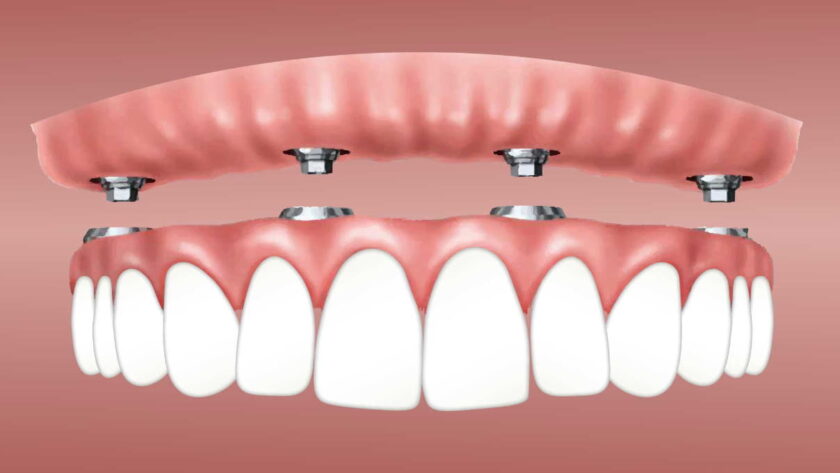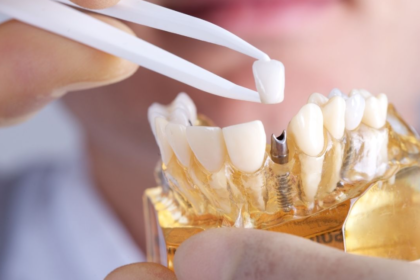When it comes to replacing missing teeth, dental implants have become the preferred choice for many patients and dentists. These durable and natural-looking tooth replacements provide a long-lasting solution for individuals with one or more missing teeth. However, there are various types of implants available, and choosing the right one for your specific needs can be challenging. This post will explore the different types of implants and help you determine which option is most suitable for you.
Traditional Dental Implants
These are often referred to as endosteal or root-form implants. They are typically made of titanium, a biocompatible material that fuses with the jawbone through a process called osseointegration. These implants consist of three parts: the implant post, abutment, and crown.
- Implant Post
- Abutment
- Crown
These implants are suitable for patients with sufficient jawbone density and can be used to replace teeth.
Mini Dental Implants
As the name suggests, mini implants are smaller in diameter than traditional implants. They are often used when there is insufficient bone density to support a full-sized implant, or when a less invasive procedure is desired. Mini implants are commonly used to stabilize dentures in patients who have experienced bone loss.
The main advantage of these implants is that they require less bone for placement, which means they can be a viable option for patients who are not candidates for traditional implants. However, they may not be as strong or long-lasting as their larger counterparts.
All-on-4 Dental Implants
All-on-4 dental implants are a revolutionary solution for patients who need to replace an entire arch of teeth. This method involves placing four strategically placed implants to support a full arch of replacement teeth. The procedure can be completed in just one day, making it an attractive option for those seeking a fast and effective tooth replacement solution.
The all-on-4 technique is particularly beneficial for patients with significant bone loss, as it often eliminates the need for bone grafting. This type of implant is also more cost-effective than replacing each tooth individually with traditional implants.
Conclusion
Choosing the right type of implant depends on various factors, including your specific needs, jawbone density, and individual preferences. It is essential to consult with a qualified dentist to discuss your options and determine the best solution for you. By understanding the differences between these dental implants, you can make a more informed decision and enjoy a confident, healthy smile.





